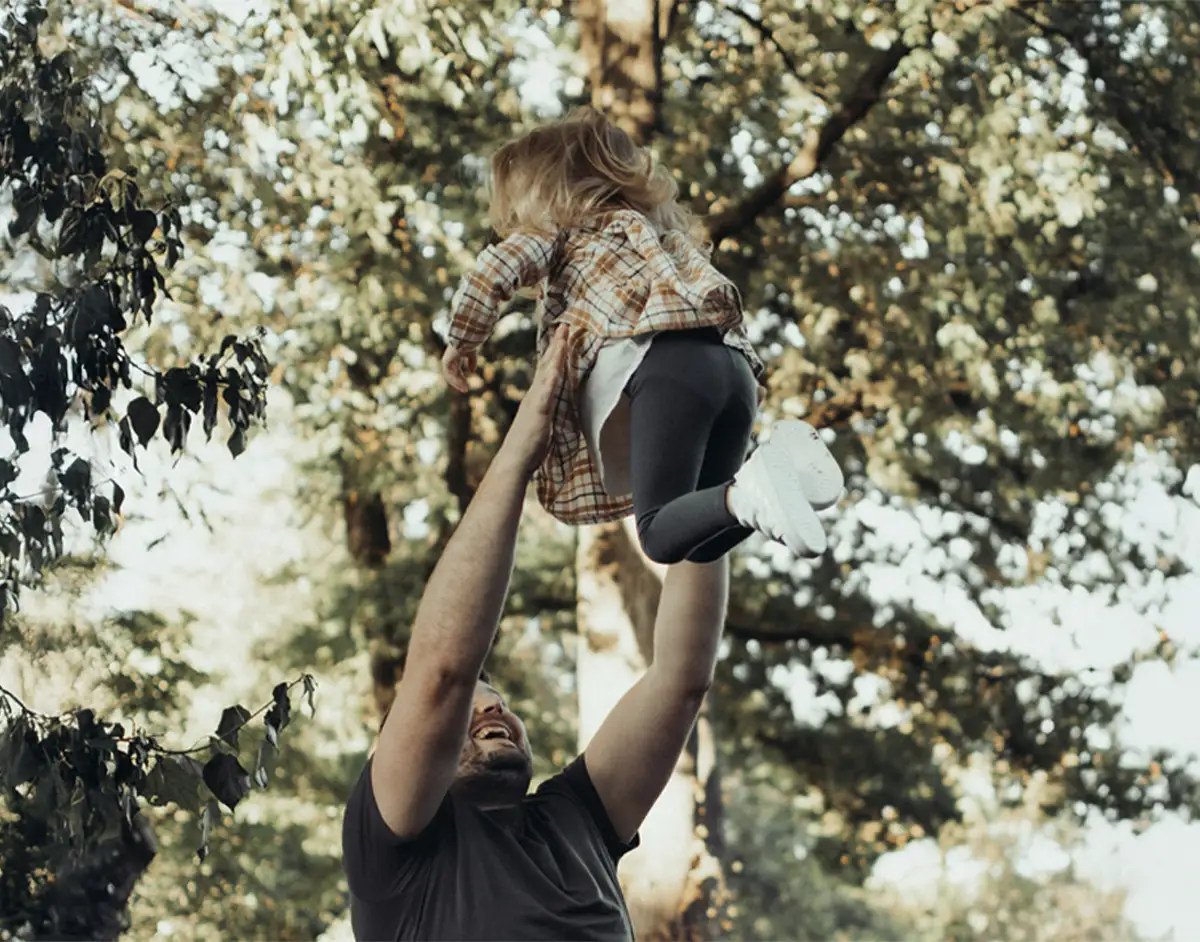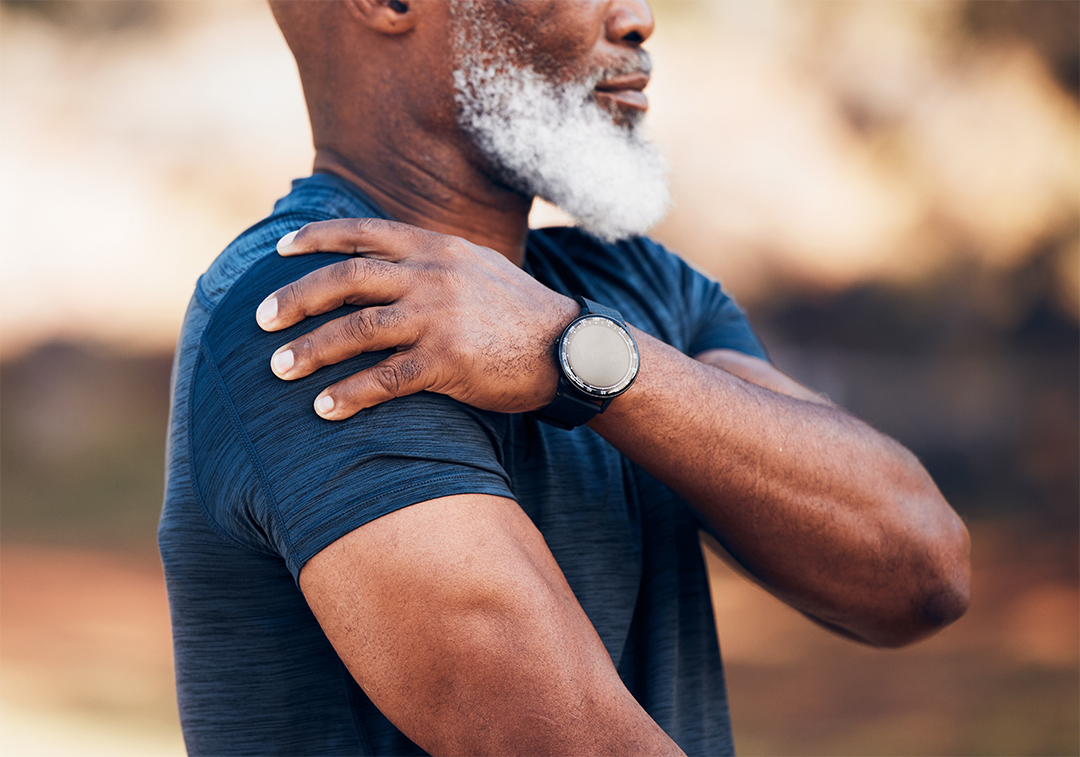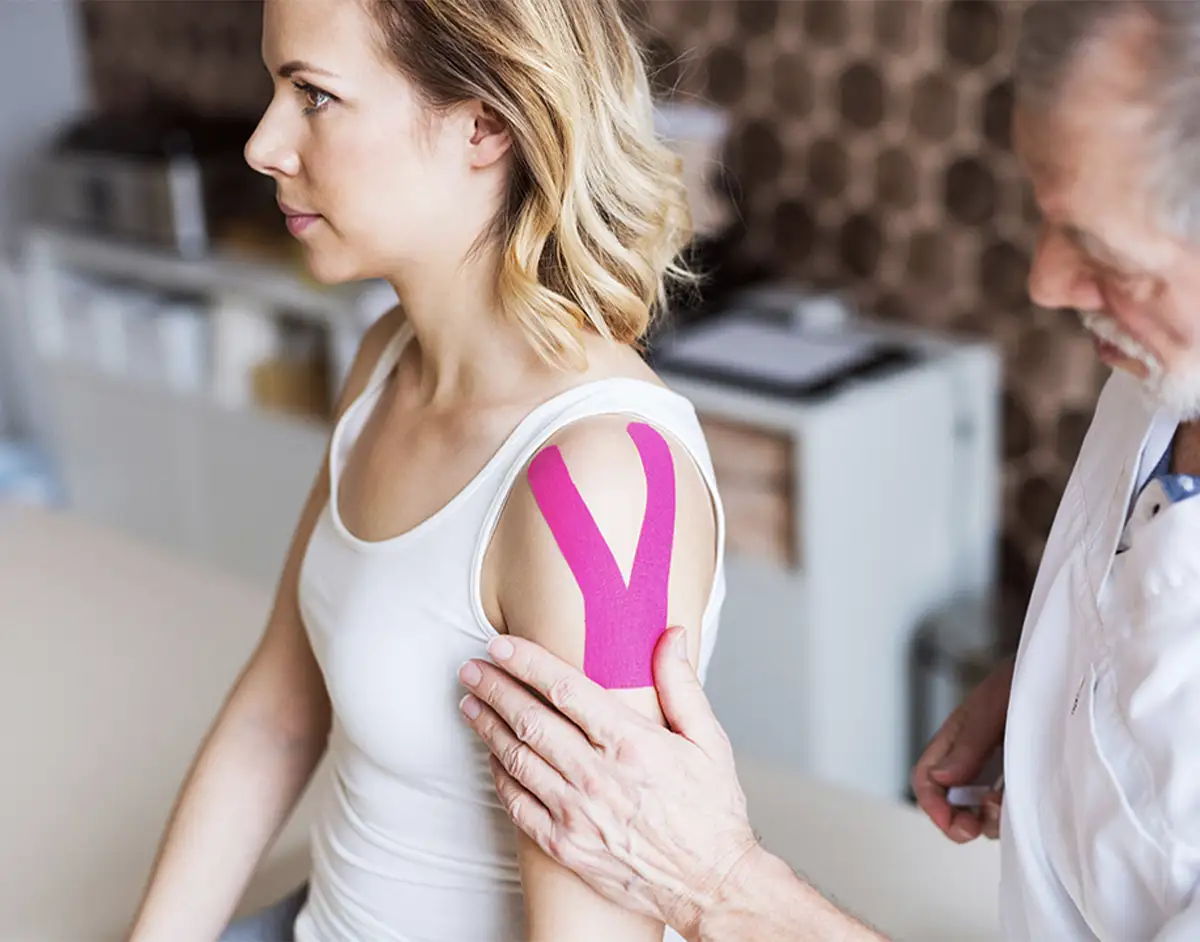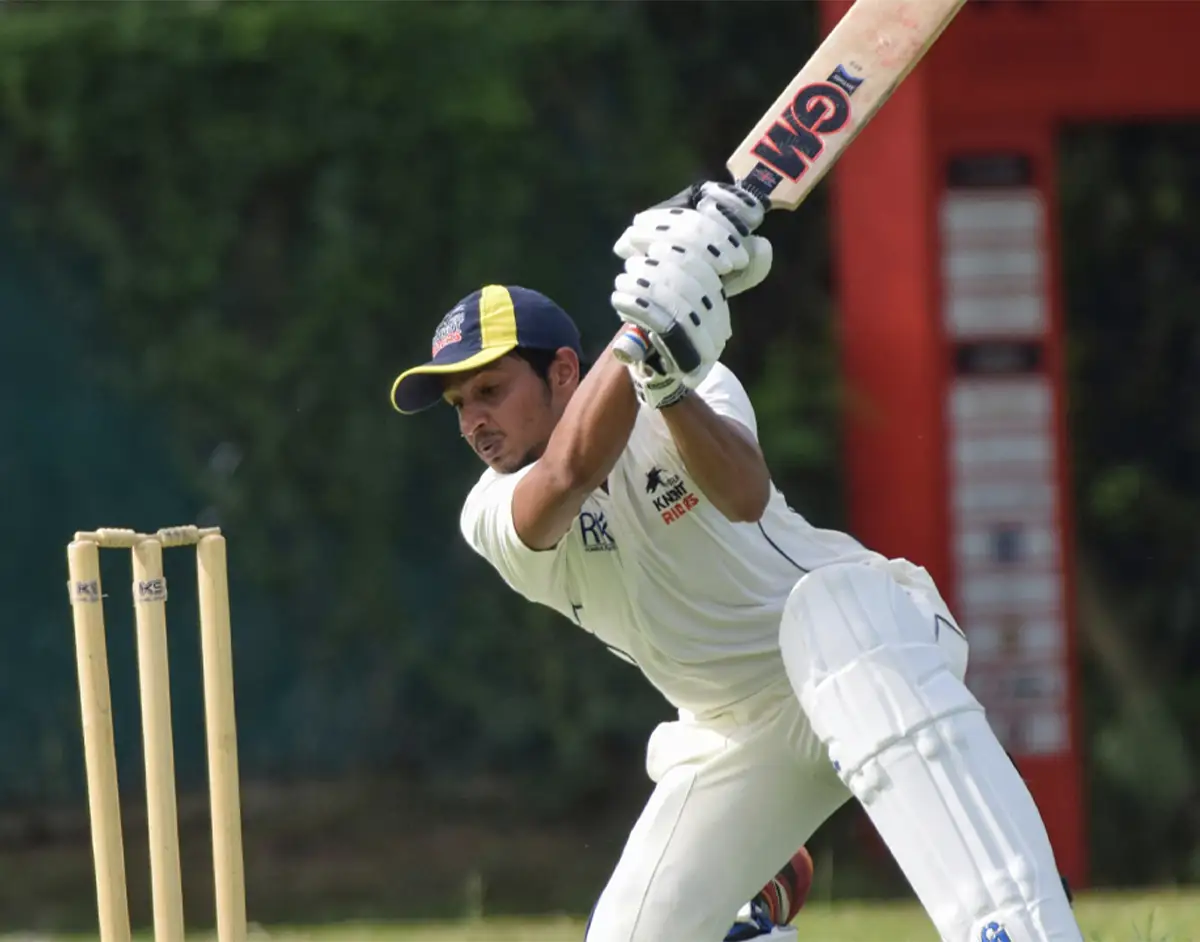Shoulder and elbow fractures
Elbow fractures: Elbow fractures can occur easily if there is a direct blow to the elbow or from a fall onto an outstretched arm. Typically, the olecranon (the bony tip of the elbow) will fracture from a fall onto the elbow as it has very little protection from muscles or other soft tissues. An elbow fracture can be very painful and can make it difficult or impossible to move your elbow. The bone may crack cleanly into two pieces or can break into many; it may remain in place or the pieces of bone may displace.
Shoulder fractures: Trauma to the shoulder is common and fractures normally result from a fall onto the shoulder, road traffic accident or sporting injury. The shoulder bones include the humerus (upper arm bone), scapula (shoulder blade) and clavicle (collarbone). At the upper end of the humerus is the ball-like shape that connects with the socket, called the glenoid. There are three joints in the shoulder: the glenohumeral, acromioclavicular and sternoclavicular.
QUICK LINKS
What are elbow and shoulder fractures?
Fractures can occur in different parts of the elbow, including:
Radial head and neck fractures: complex fractures like this often need surgery to repair and stabilise the fragments or to remove the radial head if it is irreparable and replace it with an implant. Pain associated with this type of fracture is worsened by turning your palm up and down.
Olecranon fractures: these require surgery to realign the bone fragments, which are fixed in place with pins and wires or plates and screws.
Fractures of the distal humerus: these are most common in children, elderly people or as a result of significant trauma and can have accompanying injuries to the nerves and arteries. They normal require surgical repair with plates and screws.
Fractures can occur in different parts of the shoulder including:
Clavicle fractures: these are the most common shoulder fractures and usually occur as the result of a fall onto the shoulder.
Scapula fractures: these are far less common and are normally the result of a high impact trauma, such as falling from a height or a road traffic accident.
Proximal humerus fractures: these are fractures of the upper arm and occur most frequently in people over 65 or from significant trauma in younger adults.
A shoulder fracture may result in permanent shoulder stiffness. After the bones have healed you will be offered physiotherapy to help to improve movement in the shoulder and regain strength.
Shoulder fractures may also be accompanied by dislocations of any of the three shoulder joints and/or soft tissue injuries such as rotator cuff tears.
Elbow fractures
Elbow fractures are often caused by:
- Falling onto your elbow
- Receiving a direct blow to the elbow
- Falling onto an outstretched arm
The symptoms of elbow fractures include:
- Pain, swelling, bruising in and around the elbow
- Visible deformity of the elbow
- Weakness or numbness in the arm, wrist and hand
- A snapping or popping sound at the time of injury
Elbow fractures are diagnosed using:
- A physical examination to check for cuts and tenderness
- Assessment of your fingers and wrist to see if there are any other injuries to nerves surrounding the shoulder and elbow
- An X-ray shows whether the bones are fractured and how severely
- You may require a CT scan if the injury is severe
Treatment will vary depending on the type and severity of the fracture. Unstable fractures or those where the bones have become displaced are more likely to require surgery to realign and stabilise the fracture whilst the bone heals or replace the fragments if they are to displaced or injured to repair.
Open fractures, where the skin is broken over the fracture, will need urgent surgery to clean out the wound and bone to minimise the risk of infection.
If there is a low risk of the bones moving out of place or when bones remain in the correct position, treatment may involve wearing a sling, cast or splint while the fracture heals. Children are more likely to be offered non-surgical treatment (cast or sling) as there is very little risk of elbow stiffness.
Among the surgical procedures that may be offered are:
- Open reduction and internal fixation – The bone fragments are repositioned into their normal alignment before being fixed in place with plates, screws or wires.
- Bone graft – If some of the bones have been lost or crushed you may need a bone graft from a donor or from another bone in your body, generally the pelvis.
- Removal of bone fragments – If fragments are too small to repair they may be removed. The bone fragments that have been removed may sometimes be exchanged with metal replacements and the ligaments or tendons that attach to the removed fragments are repaired.
Rehabilitation is important to improve mobility and prevent stiffness. This might include exercises recommended by a physiotherapist, ultrasound, scar massage or splints that stretch the joint.


Shoulder fractures
Fractures of the shoulder (clavicle or proximal humerus) are often caused by:
- Falling heavily onto your shoulder
- A direct blow to the shoulder as the result of a road traffic accident, fall or collision
Fractures of the scapula are less common and are normally the result of a high impact trauma such as a high-speed motor vehicle accident. They are often associated with chest injuries.
The symptoms of shoulder fractures include:
- Pain, swelling and bruising
- Inability to move the shoulder
- Deformity of the shoulder
- A grinding sensation when the shoulder is moved
- Pain or numbness in the hand from injury to the nerves surrounding the shoulder
Clavicle fractures may produce:
- Swelling and bruising over the collarbone
- A bump under the skin
- Pain when moving the shoulder
Proximal humerus fractures may produce:
- Severe swelling in the shoulder accompanied by severe pain
- Very limited movement in the shoulder
Scapular fractures may produce:
- Severe bruising around the shoulder blade
- Pain which limits your shoulder movement
Shoulder fractures are diagnosed using:
- A physical examination to check for cuts and tenderness
- Assessment of your fingers and wrist to see if there are any other injuries to nerves surrounding the shoulder and elbow
- An X-ray shows whether the bones are fractured and how severely
- You may require a CT scan if the injury is severe
Treatment depends on where the fracture is located and how badly fractured the shoulder is.
- Clavicle fractures: Treatment can be non-surgical, which involves wearing a sling to immobilise your arm while the bones heal. This can take three to six weeks in children and six to twelve weeks in adults. An open fracture where the bones has broken through the skin or is severely out of place may require surgery to fix it in place using plates and screws
- Proximal humerus fractures: Decisions regarding surgery for proximal humerus fractures are generally tailored to each patient and fracture pattern. Simple undisplaced fractures can be treated without surgery, generally in a collar and cuff. If there is a nerve injury or the bone fragments are shifted significantly out of position they will be fixed in place with plates, screws or pins. In some cases, a shoulder replacement is needed.
- Scapula fractures: The bones need to be immobilised using a sling or shoulder immobiliser to allow them time to heal. Around 10-20% of scapula fractures need surgery to fix the fragments in place with plates and screws depending on where the scapula has been fractured.








